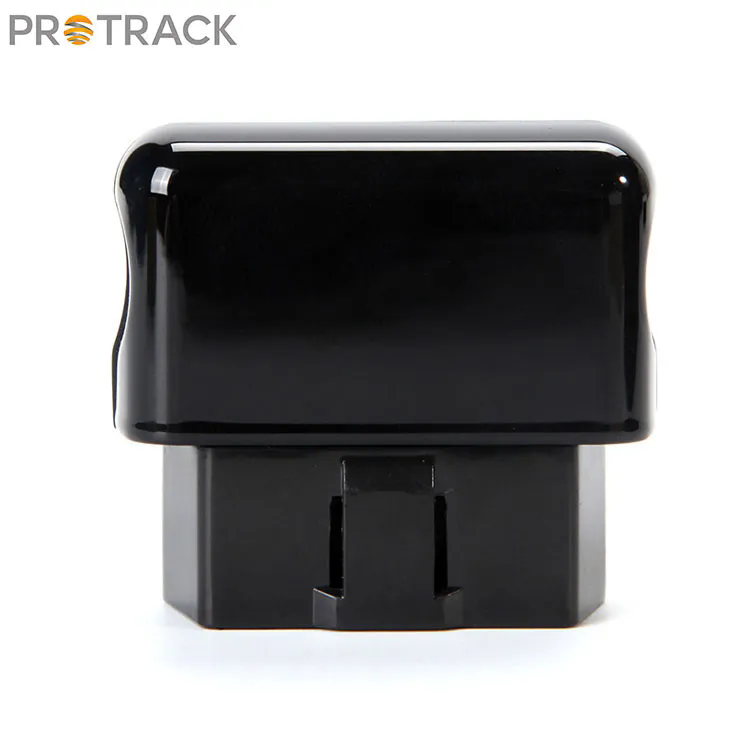The Ultimate Guide to OBD Trackers for All Cars: Enhancing Vehicle Monitoring and Performance
2024-09-24
In today's fast-paced world, keeping track of vehicle performance and ensuring safety has become a priority for many car owners. One effective solution is the use of an OBD (On-Board Diagnostics) tracker. These devices provide real-time data about your vehicle's performance, helping you make informed decisions and maintain your car more effectively. In this blog, we'll explore what OBD trackers are, how they work, their benefits, and tips for choosing the right one for your vehicle.
What is an OBD Tracker?
An OBD tracker is a device that connects to your vehicle’s OBD-II port, typically located under the dashboard. This port allows access to the car's diagnostic system, which monitors various performance metrics and trouble codes. OBD trackers can gather data such as engine performance, fuel efficiency, and vehicle speed, and they often provide real-time updates through a smartphone app or web interface.
Key Features of OBD Trackers
1. Real-Time Monitoring: Provides live data on your vehicle’s performance, including speed, RPM, and fuel consumption.
2. Diagnostic Trouble Codes (DTC): Reads and clears error codes, helping you identify and troubleshoot issues quickly.
3. GPS Tracking: Some models include GPS functionality, allowing you to track your vehicle’s location in real time.
4. Driving Behavior Analysis: Monitors your driving habits, providing insights to improve fuel efficiency and reduce wear and tear on your vehicle.
5. Alerts and Notifications: Sends alerts for any diagnostic trouble codes, maintenance reminders, or even unusual driving patterns.
Benefits of Using an OBD Tracker
1. Improved Vehicle Performance: By monitoring key metrics, you can identify performance issues early and address them before they escalate into major problems.
2. Cost Savings: Regular monitoring can lead to better fuel efficiency and reduced maintenance costs. Identifying issues early can save you money on repairs.
3. Enhanced Safety: With features like real-time alerts and GPS tracking, OBD trackers can enhance the safety of your vehicle, providing peace of mind in case of theft or emergencies.
4. Convenient Maintenance Reminders: Many OBD trackers come with maintenance scheduling features, reminding you when it’s time for an oil change, tire rotation, or other essential services.
5. User-Friendly Experience: Most OBD trackers are easy to install and use, making them accessible for car owners of all experience levels.
How to Choose the Right OBD Tracker for Your Car
1. Compatibility: Ensure that the OBD tracker is compatible with your vehicle’s make and model. Most OBD-II trackers work with cars manufactured after 1996, but it’s always good to double-check.
2. Features: Consider what features are most important to you. Do you need GPS tracking? Are you interested in driving behavior analysis? Look for a model that meets your specific needs.
3. Connectivity: Check how the tracker connects to your devices. Some models use Bluetooth, while others may connect via Wi-Fi or cellular networks. Choose a connection method that works best for you.
4. Mobile App: A user-friendly mobile app is essential for accessing data and receiving alerts. Look for reviews of the app to ensure it’s intuitive and reliable.
5. Price and Warranty: Compare prices and consider any additional costs, such as subscription fees for advanced features. Also, check if the product comes with a warranty for added security.
Installation and Setup
Installing an OBD tracker is usually straightforward. Here’s a simple guide to get you started:
1. Locate the OBD-II Port: Find the OBD-II port under your dashboard, usually near the steering column.
2. Plug in the Device: Insert the OBD tracker into the port until it clicks into place.
3. Download the App: If your tracker requires a smartphone app, download it from the App Store or Google Play.
4. Pair the Device: Follow the app instructions to pair your tracker with your smartphone.
5. Configure Settings: Set up notifications, alerts, and any other preferences based on your needs.
Conclusion
OBD trackers are an invaluable tool for any car owner looking to enhance vehicle performance, monitor diagnostics, and ensure safety. By providing real-time data and insights, these devices empower drivers to make informed decisions about their vehicles. When choosing the right OBD tracker, consider compatibility, features, and user experience to find a model that best suits your needs. With the right OBD tracker, you can take control of your vehicle's performance and enjoy a safer, more efficient driving experience.



